On the weekend, my whole family visited the city of Vitebsk, where I was born. This city with its own history and you can tell a lot about it. But we had a specific goal. Visit the places in the city that have preserved the life story of the famous artist - Marc Chagall.
Выходныя мы ўсёй сям'ёй наведалі горад Віцебск, у якім я нарадзіўся. Гэты горад са сваёй гісторыяй і пра яго распавядаць можна шмат. Але ў нас была пэўная мэта. Наведаць месцы ў горадзе, якія захавалі гісторыю жыцця знакамітага мастака - Марка Шагала.

After a long hike through the old streets of the city, we found the street where the great artist was born and worked.
Пасля доўгага паходу па старых вуліцах горада, мы знайшлі вуліцу, дзе нарадзіўся і тварыў вялікі мастак.


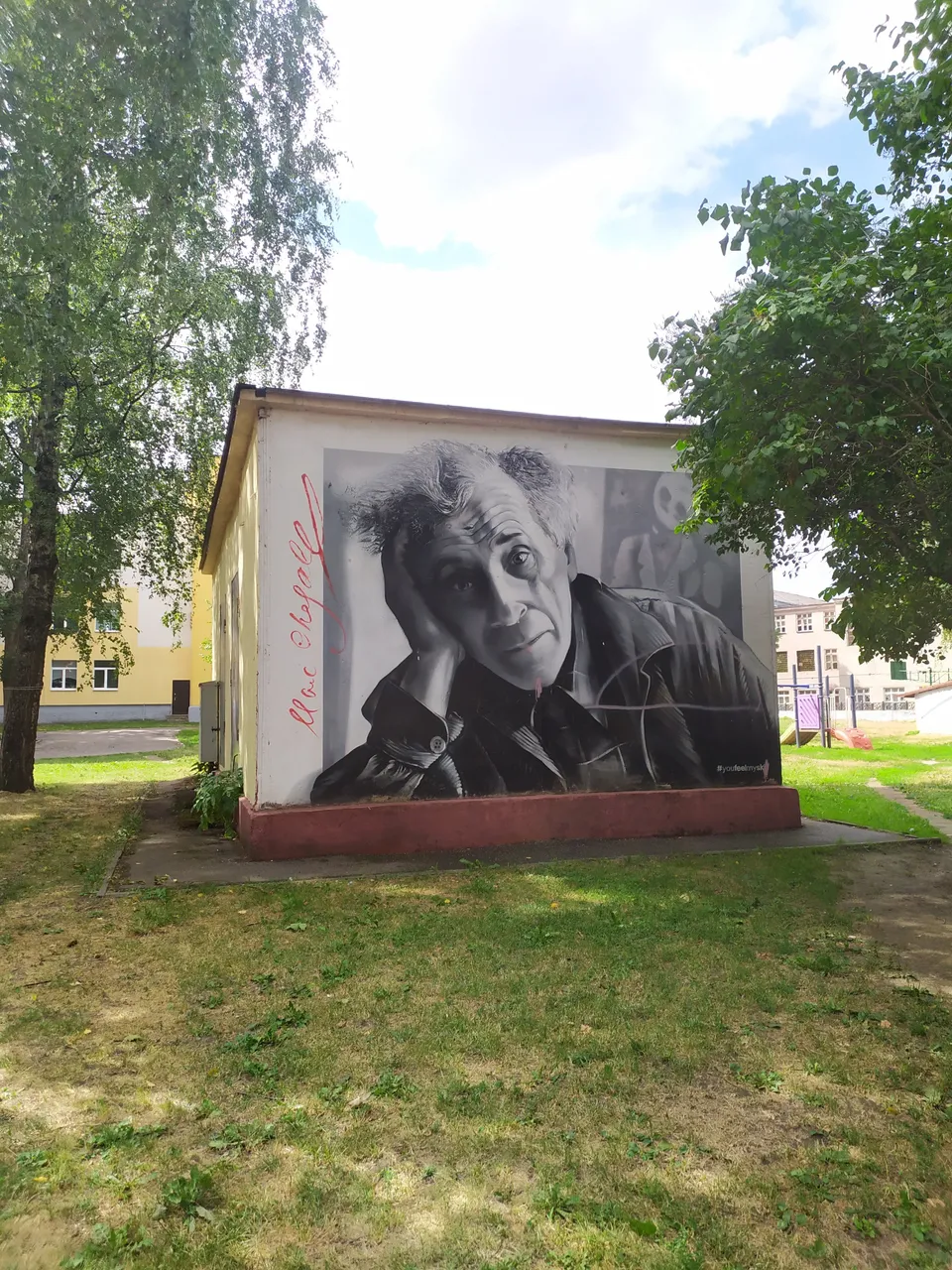
Vitebsk is the hometown of Marc Chagall. Chagall's relationship with Vitebsk was difficult, both during the artist's lifetime and after his death. The city on the Dvina became for Moysha Segal (this was the name of the boy from birth) the very lost Motherland, which he remembered all his life, but where he could not return. These memories filled his imagination with artistic images, helped to create, return to his youth and draw strength from it. Chagall dreamed that his paintings would be exhibited on the streets of his hometown, that all his art and soul would merge with his native soil.
And when Belarus became a separate state, he got this opportunity - his works could be seen on the streets of the city.
Today, anyone can admire the art of Marc Chagall and visit his museum.
Віцебск роднага горада Марка Шагала. Адносіны Шагала з Вітэбскім былі сложнымі, як пры жыцці мастака, так і пасля яго смерці. Горад на Дзвіне стаў для Майшы Сегала (такое імя насіў мальчык з нараджэннямі) той самай уцераднай Родзінай, пра якую ён усю жыццё ўспамінаў, але куда так і не змог вярнуцца. Гэтыя згадванні заполняли его воображение художественными образами, помогали творить, возвращаться в свою молодость и черпать оттуда силы. Шагал, каб яго карціны былі выстаўлены на вуліцы яго роднага горада, каб усё яго мастацтва і душа злучыліся з яго родным горадам.
І калі Беларусь стала асобнай дзяржавай, ён атрымаў гэтую магчымасць - яго працы можна было паглядзець на вуліцах горада.
Сёння, кожны жадаючы, можа палюбавацца досведам Марка Шагала і наведаць яго музей.
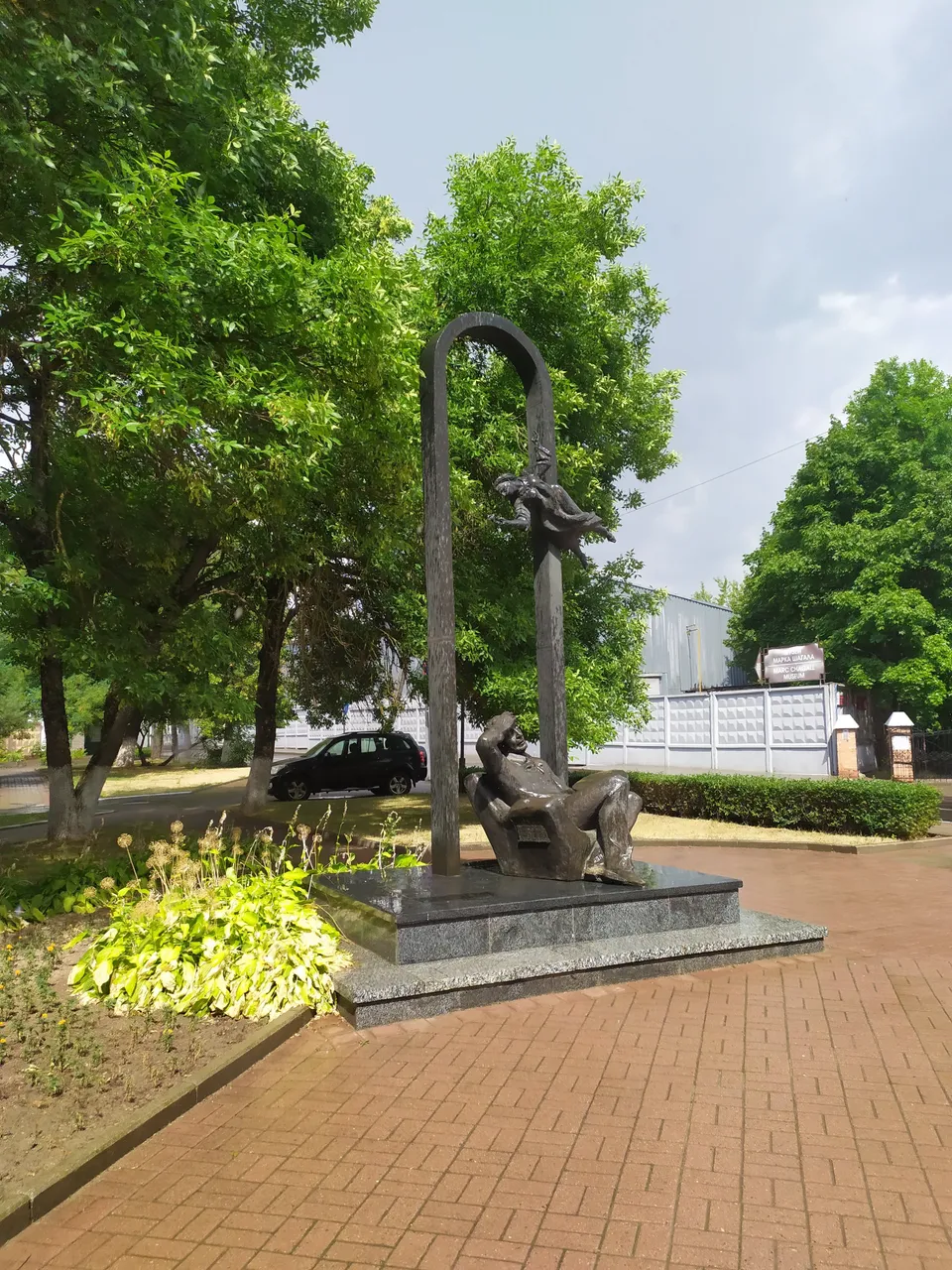
A monument to the artist Marc Chagall (1887–1985) was erected at the beginning of Pokrovskaya Street in 1992. Its author is the Vitebsk sculptor A. Gvozdikov.
"Here, on Pokrovskaya Street, I was born again," Marc Chagall wrote in his autobiographical book, My Life. The residential and industrial buildings of the late 19th and early 20th centuries have been fragmented on the street.
Памятнік мастацкага мастака Марку Шагалу (1887–1985) быў усталяваны ў пачатку вуліцы Пакроўскай у 1992 годзе. Аўтаром яго з'яўляецца вітэбскім скульптарам А. Гвоздзікаў.
«Тут, на Пакроўскай вуліцы, я нарадзіўся яшчэ раз», - напісаў Марк Шагал у аўтабіяграфічнай кнізе «Мая жыццё». На вуліцы фрагментарна захавана жылая і прамысловая забудова канца XIX - пачатку XX века.
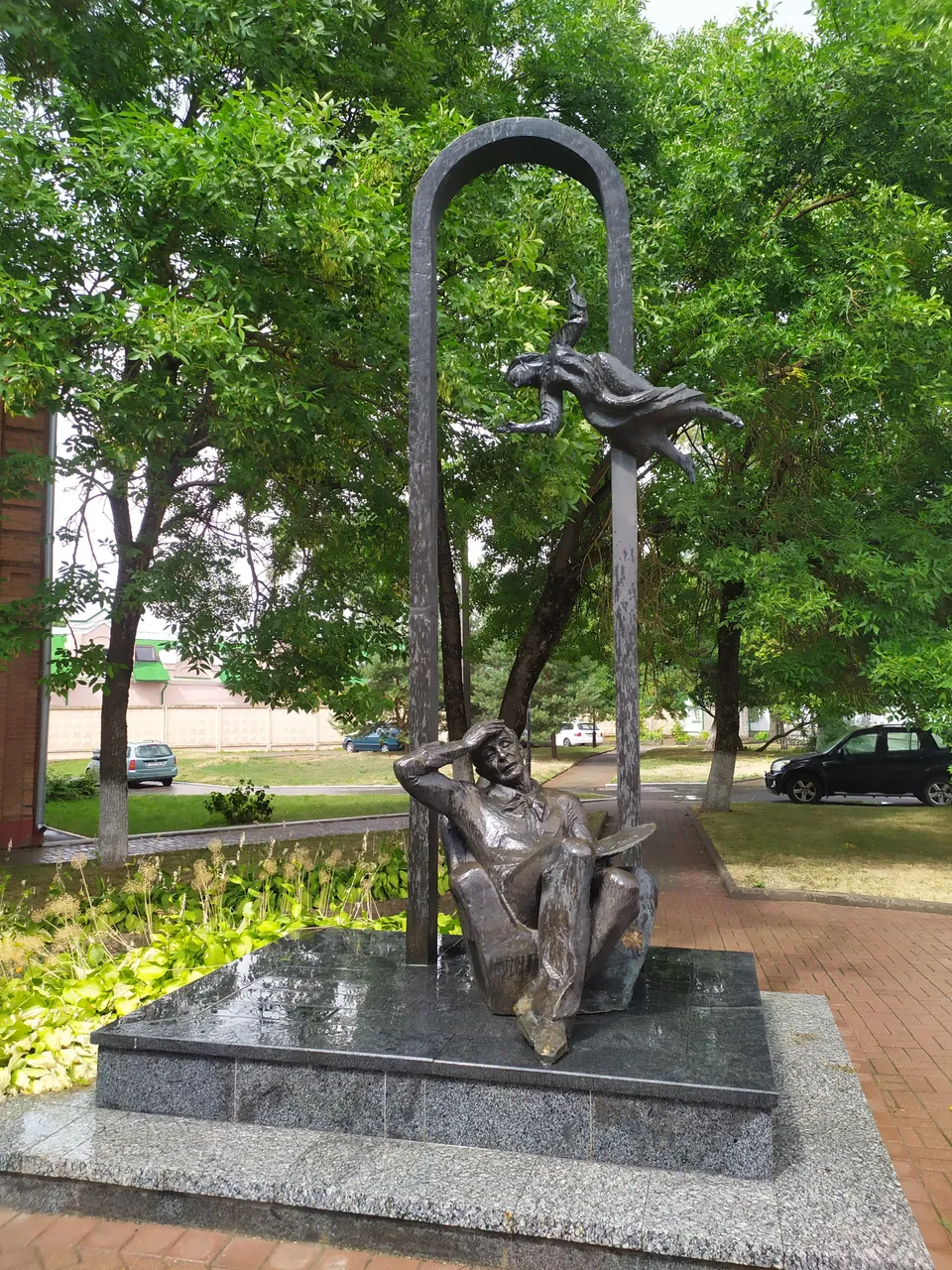
The famous house on Pokrovskaya Street, where the artist spent his childhood and adolescence, was built by his father in the early 1900s on the right bank of the Western Dvina. During the war, the brick building was badly damaged by bombing and fire - and miraculously survived.
In 1997, the Marc Chagall Memorial Museum was opened here. His exposition includes household items from the turn of the XIX-XX centuries, as well as real "witnesses" of Chagall's life - archival documents and the first works, personal belongings of the artist and his family. There are a few of them, but the atmosphere of the era is conveyed as accurately as possible: the ancient exhibits for the collection were selected using a series of drawings created by Marc Chagall himself, capturing the interiors of his parents' house from memory.
Знакаміты дом на Пакроўскай вуліцы, у якім прайшлі дзіцячыя і юнацкія гады мастака, у пачатку 1900-х на правым беразе Заходняй Дзвіны пабудаваў яго бацька.
У гады войны кірпічнае зданне моцна пацярпела ад бомбежак і пажараў - і чудом уцелела.
У 1997 годзе тут быў адкрыты мемарыяльны музей Марка Шагала. У яго экспазіцыі сабраны прадметы, зробленыя ў XIX-XX веках, а таксама сапраўдныя "сведчанні" жыцця Шагалы-архіўныя дакументы і першыя працы, лічныя вешчы мастакоў і яго сем'і. Іх заханілася трохі, але атмасфера эпохі перадаецца максімальна дакладна: старыя экспанаты для калекцый збіраюцца з дапамогай серыялаў малюнкаў, якія сам Марк Шагал стварыў, на памяць запечатаў інтэр'еры бацькоўскага дома.
,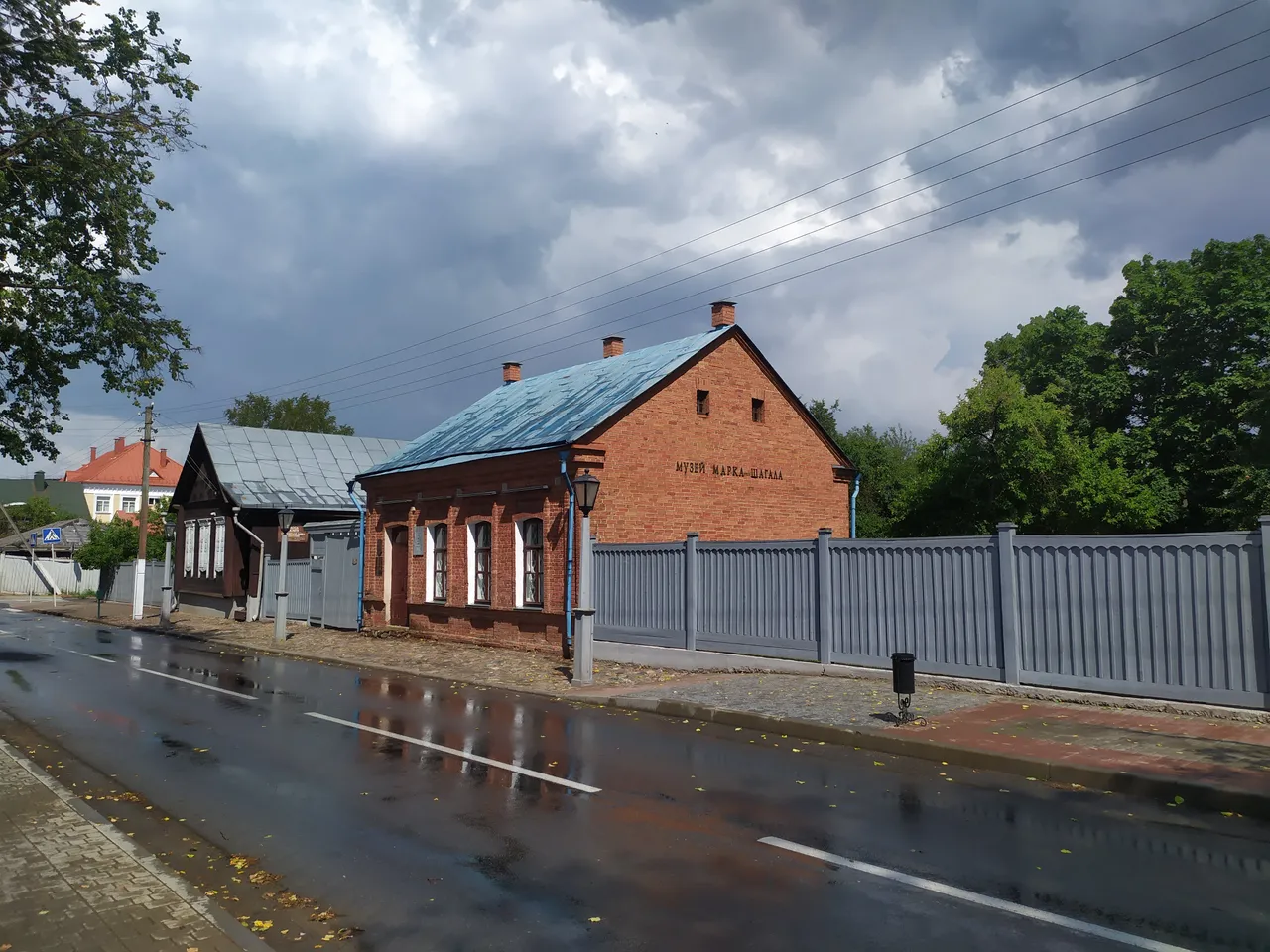
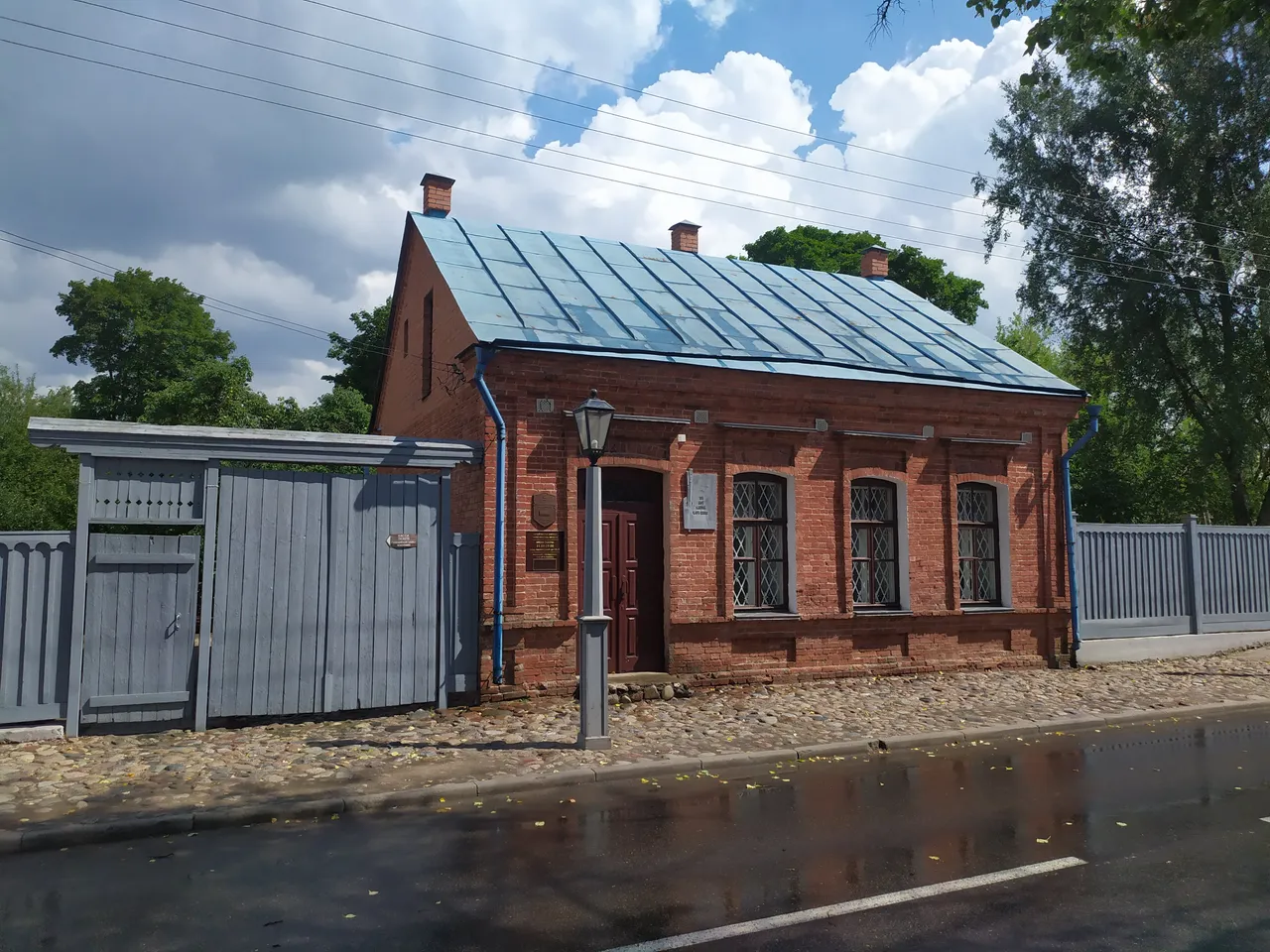
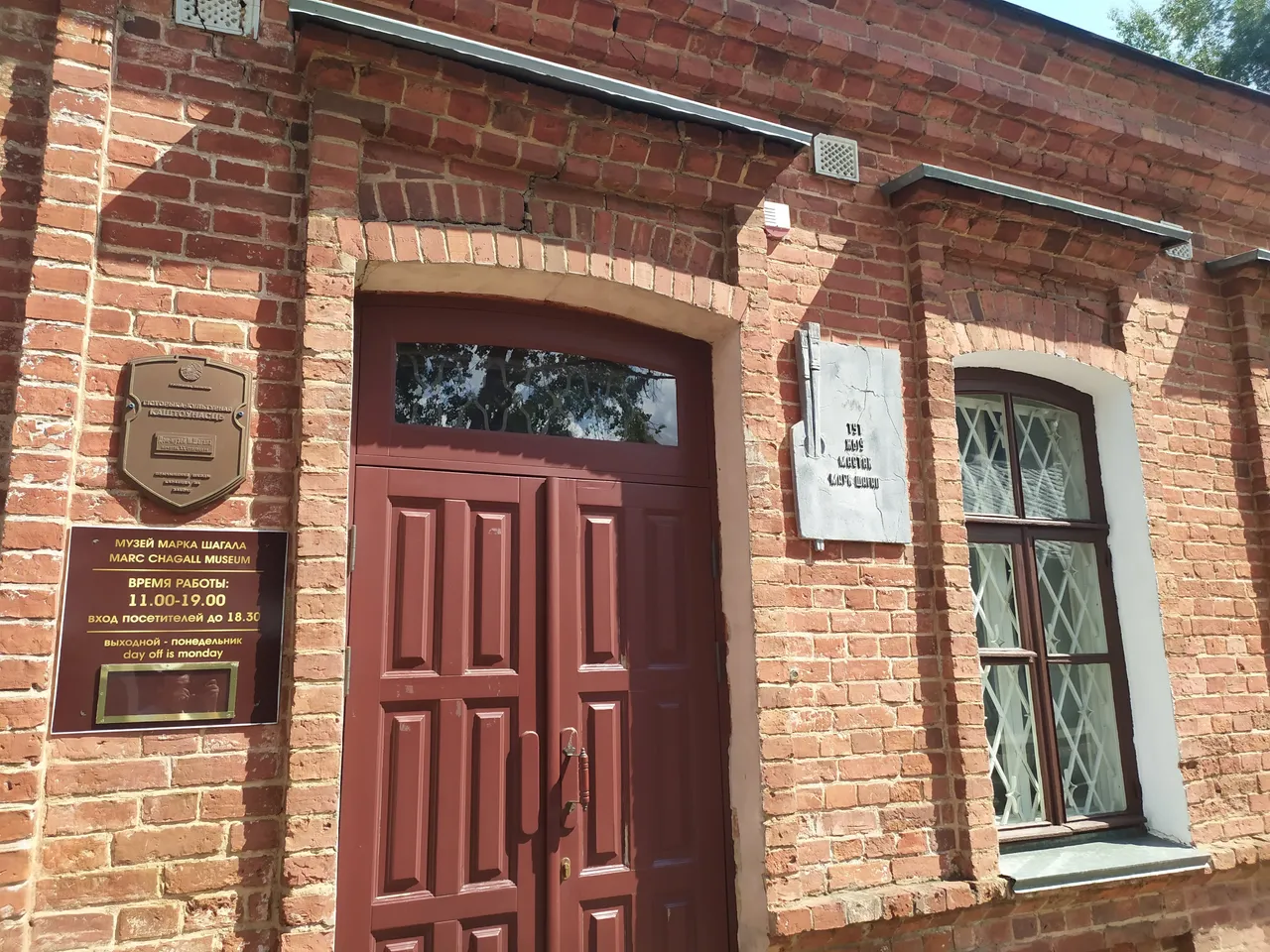
Follow @assasin.

